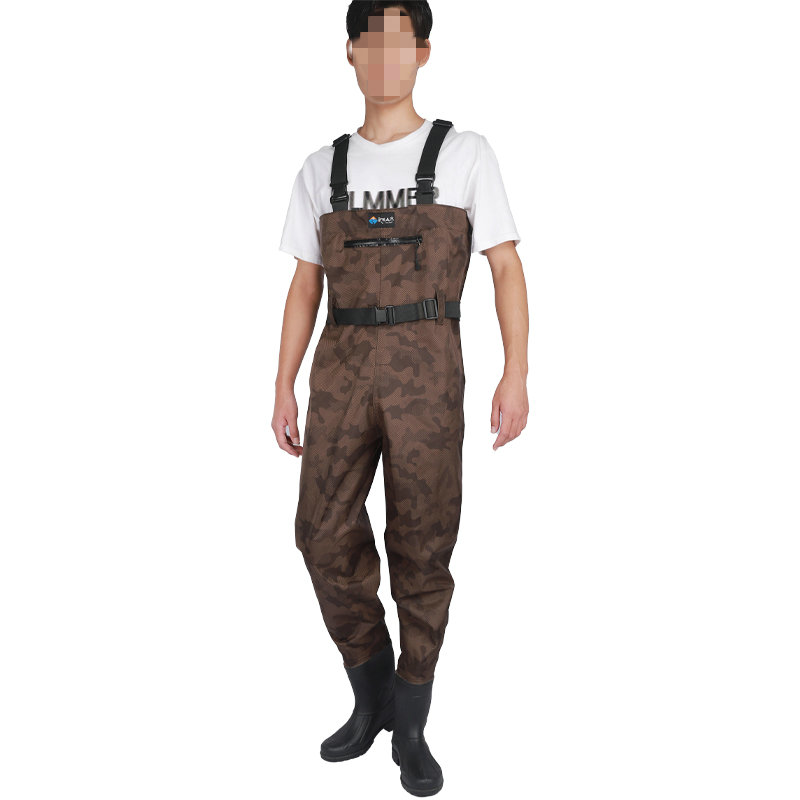The Essential Guide to Work Wellies
Work wellies, also known as rubber boots or galoshes, are essential footwear for those who spend significant time outdoors or in demanding environments. Whether you're a farmer trudging through muddy fields, a landscaper managing rugged terrain, or even a construction worker facing unpredictable weather, the right pair of wellies can make all the difference in your work experience.
Why Choose Work Wellies?
One of the primary reasons to choose wellies for work is their waterproof nature. Unlike regular boots, work wellies are designed to keep your feet completely dry, which is vital in wet conditions. This is especially important for professions that require interaction with mud, water, or other liquids that could seep into standard footwear. Staying dry not only enhances comfort but also helps prevent potential health issues, such as fungal infections or blisters that can arise from damp feet.
Moreover, work wellies are typically made from durable materials like rubber or PVC, making them resistant to abrasions and tears
. This durability is crucial for workers in industries that may involve sharp tools or hazardous materials. Investing in a quality pair of wellies ensures that they can withstand the rigors of demanding conditions while providing reliable protection for your feet.Features and Variations
When selecting work wellies, it's important to consider the features that best suit your needs. Many wellies come with reinforced toes and soles, offering additional protection against impacts and punctures. Slip-resistant soles are also a common feature, providing stability on slippery surfaces—something that’s vital when working in muddy environments.
work wellies

Another consideration is the height of the wellies. Standard knee-high versions provide ample coverage, but if your tasks involve deeper water or mud, you might want to opt for longer models that offer more protection. There are also shorter ankle-length versions available, which are beneficial for lighter tasks that don’t require as much coverage.
For those working in particularly cold conditions, insulated wellies are an excellent option. These boots often include thermal lining to keep your feet warm, allowing you to work comfortably even when temperatures drop. Some brands also offer removable liners for easy cleaning and maintenance.
Comfort and Fit
Comfort is a key feature that shouldn’t be overlooked. Wellies can sometimes be stiff, so searching for pairs with adjustable straps or a more flexible fit can enhance your mobility. Additionally, consideration for a breathable liner can help manage moisture and keep your feet comfortable during long hours of wear.
It's essential to try on wellies, if possible, or consult sizing charts carefully when ordering online. A good fit will ensure that you can move freely without the risk of blisters or restricted circulation.
Conclusion
In conclusion, work wellies are more than just a stylish choice for rainy days—they are a vital component of safety and comfort in many workplaces. The combination of waterproof protection, durability, and specialized features make them an indispensable tool in numerous industries. Whether you're navigating muddy fields, managing landscaping tasks, or ensuring safety on construction sites, a good pair of work wellies will not only protect your feet but also enhance your overall productivity. So, the next time you’re gearing up for work, remember that the right pair of wellies can truly make all the difference.
-
Stay Dry in Any Condition with WadersNewsJul.17,2025
-
Elite Performance with Camouflage Combat BootsNewsJul.17,2025
-
Dry and Comfortable with Green Rubber Garden ShoesNewsJul.17,2025
-
Convenient Protection with Foldable RainbootsNewsJul.17,2025
-
Comfort and Protection with Neoprene Work BootsNewsJul.17,2025
-
Brighten Rainy Days with Floral Rain BootsNewsJul.17,2025
-
Safety Wellies: The Ultimate Combination of Protection, Comfort, and VisibilityNewsJun.19,2025











